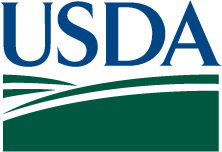
Natural Resources
Conservation Service
Ecological site R008XY435WA
Loamy 14-20 PZ Goldendale Prairie
Last updated: 4/07/2023
Accessed: 01/15/2025
USC
Metric
General information
Provisional. A provisional ecological site description has undergone quality control and quality assurance review. It contains a working state and transition model and enough information to identify the ecological site.
Ecological site concept
See Ecological Site Group R008XG435WA for complete description and state and transition model. https://edit.jornada.nmsu.edu/catalogs/esg
Table 1. Dominant plant species
| Tree |
Not specified |
|---|---|
| Shrub |
Not specified |
| Herbaceous |
Not specified |
Click on box and path labels to scroll to the respective text.